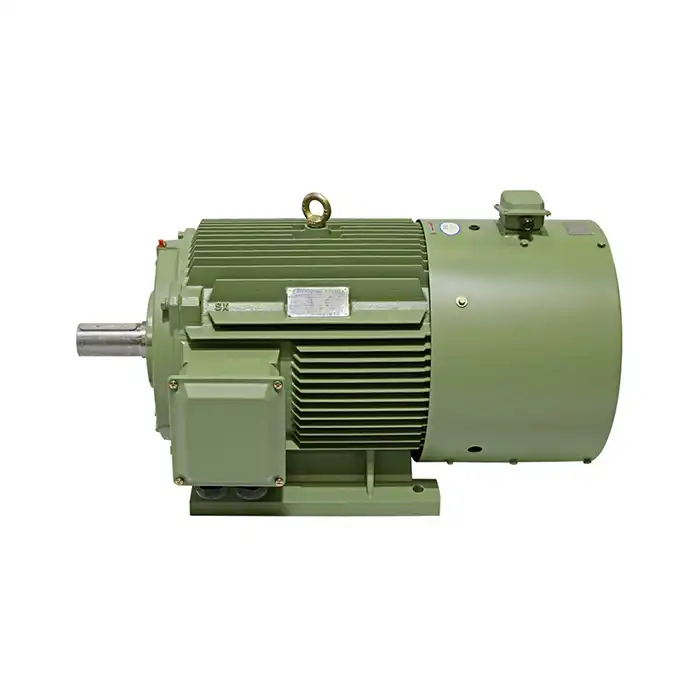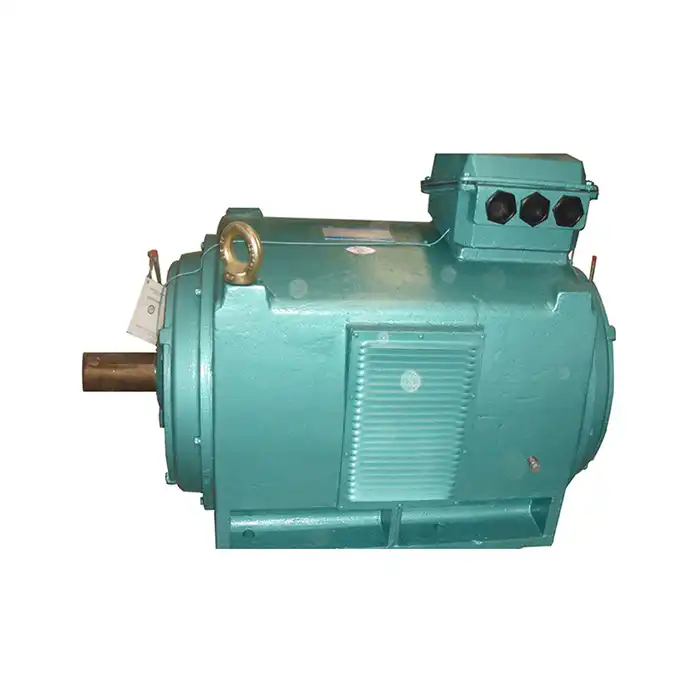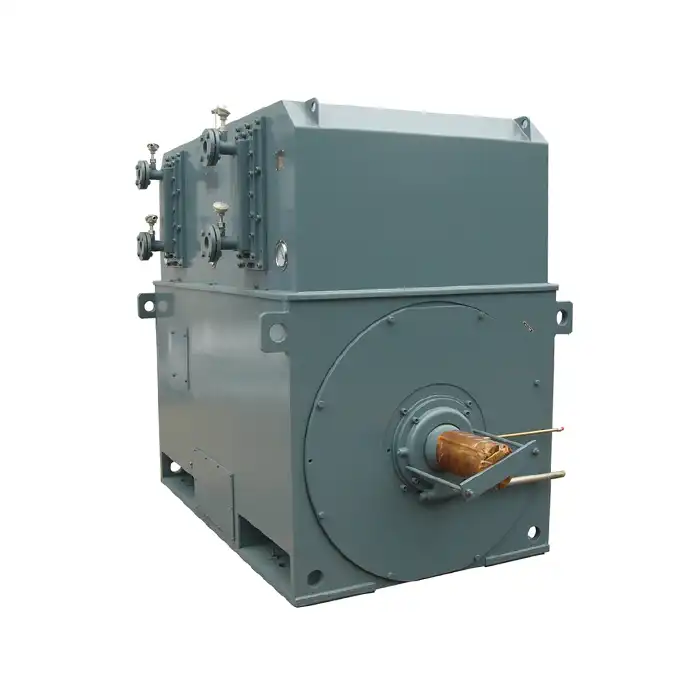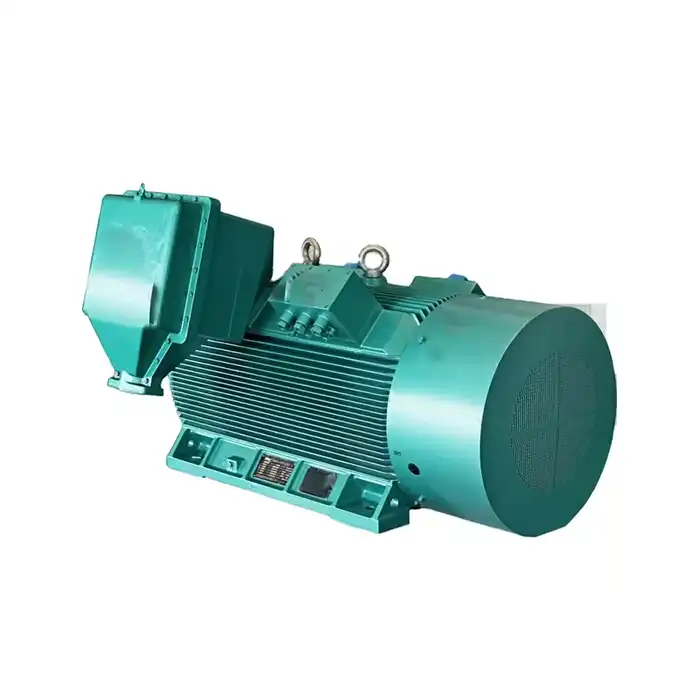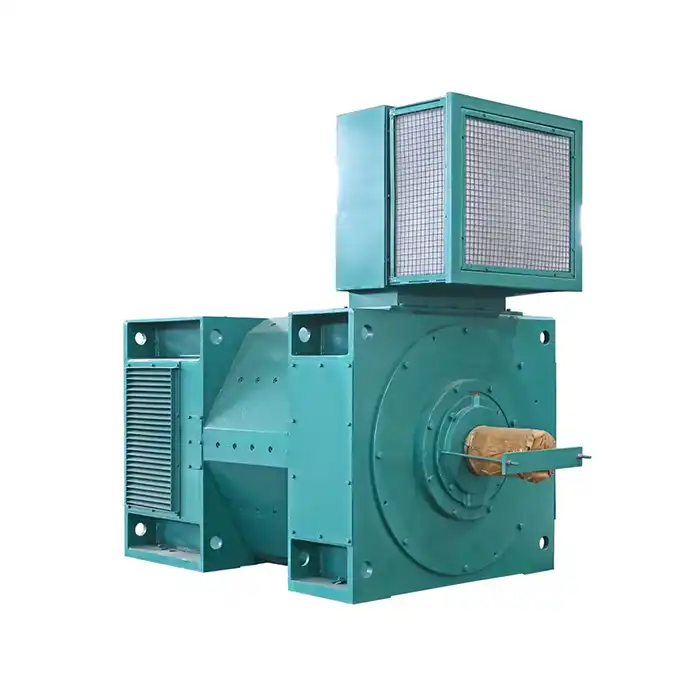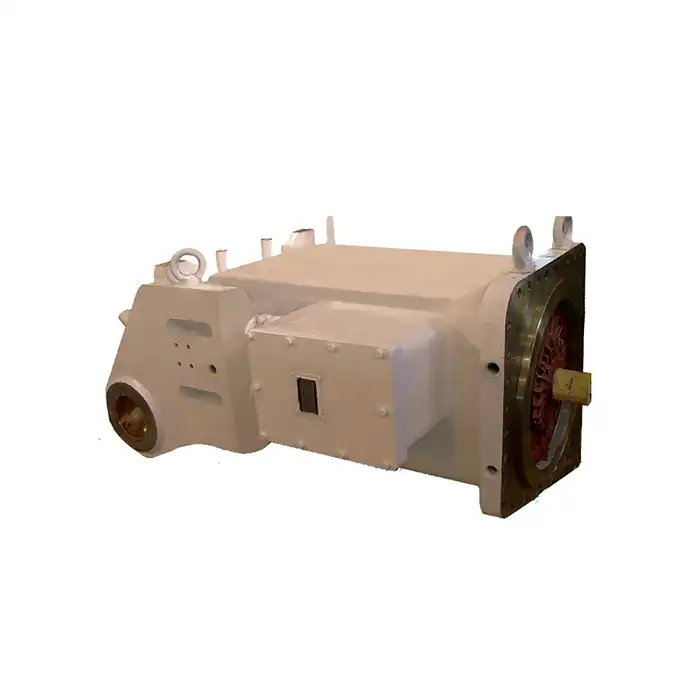How Does Input Voltage (12V, 24V, 48V) Affect Inverter Choice?
When selecting a low voltage ac inverter for your industrial application, understanding the impact of input voltage is crucial. The choice between 12V, 24V, and 48V systems can significantly influence your inverter's performance, efficiency, and overall suitability for your specific needs. This comprehensive guide will explore how input voltage affects inverter selection, helping you make an informed decision for your power conversion requirements.
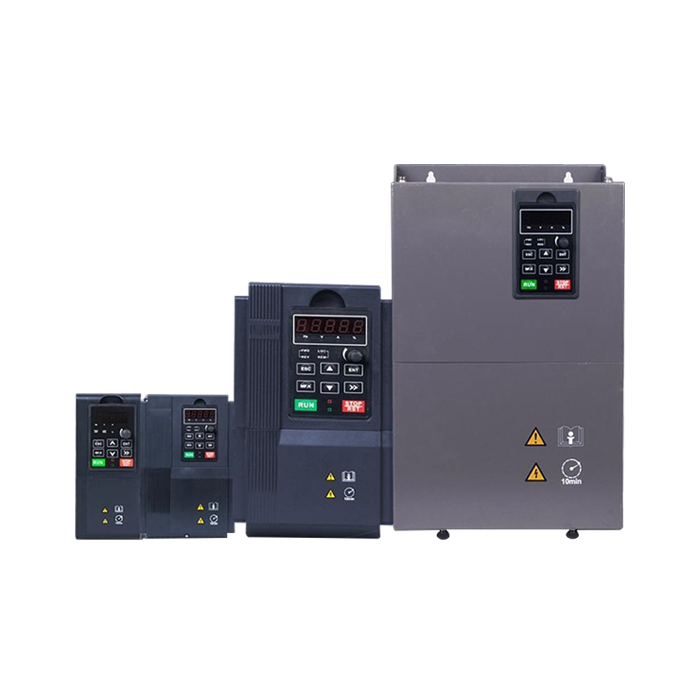
Adaptable motor power range:1.5-450 kW
Application:fans, water pumps.
Advantage:high starting torque characteristics, strong overload capability, strong braking ability.
Certificate: CE
Input Voltage Impact on Inverter Efficiency
The input voltage of a low voltage ac inverter plays a vital role in determining its efficiency and performance. Different voltage levels can affect various aspects of inverter operation, including power output, heat generation, and overall system design.
Efficiency Variations Across Voltage Levels
Generally, higher input voltages tend to result in improved inverter efficiency. This is primarily due to lower current requirements for the same power output, which reduces losses in the system. For example, a 48V inverter typically achieves higher efficiency than a 12V inverter of the same power rating.
Power Output and Voltage Relationship
The relationship between input voltage and power output is direct. Higher voltage systems can deliver more power with less current, which is particularly beneficial for high-power applications. This characteristic makes 48V systems increasingly popular in industrial settings where substantial power demands are common.
Heat Management Considerations
Lower voltage systems, such as 12V, often generate more heat due to higher current flow. This increased heat production can impact the inverter's lifespan and require more robust cooling solutions. In contrast, 48V systems generally run cooler, potentially extending the life of the inverter and reducing cooling requirements.
Choosing the Right Voltage for Your Application
Selecting the appropriate input voltage for your low voltage ac inverter depends on various factors specific to your application. Understanding these considerations will help you make an optimal choice for your power conversion needs.
Application-Specific Voltage Requirements
Different industrial applications have distinct voltage requirements, influenced by the nature of the work and equipment used. For instance, many automotive and marine applications traditionally operate on 12V systems, which are well-suited for smaller, less power-demanding devices like lighting and small motors. In contrast, larger industrial equipment, such as heavy machinery or automated systems, typically operates on 24V or 48V systems, providing more power to handle demanding tasks. Ensuring that your inverter matches the voltage of your existing infrastructure is crucial for seamless integration, reducing both installation complexity and associated costs.
Power Demand and System Size
The power demand of your application is a key factor in determining the appropriate voltage system. High-power applications, such as industrial equipment or large-scale motors, often require higher voltage systems (24V or 48V) to efficiently manage larger loads and reduce the strain on electrical components. These systems enable better performance and efficiency, particularly in environments where heavy lifting, large conveyors, or high-output machinery are involved. On the other hand, smaller, less power-intensive applications like light-duty machines or smaller pumps may operate effectively on lower voltage systems, such as 12V.
Future Scalability Considerations
When selecting an inverter’s input voltage, it’s important to factor in future scalability. If your business anticipates growth or future equipment additions, opting for a higher voltage system, such as 48V, may provide more flexibility and capacity for expansion. Higher voltage systems can handle increased power demands, making them more adaptable for future upgrades. By considering the long-term needs of your operation when selecting the voltage, you can potentially avoid the need for costly system overhauls or replacements as power requirements increase. This foresight can contribute to more sustainable and cost-effective system management in the future.
Voltage Conversion: When to Use Step-Up Transformers
In some cases, the available input voltage may not match the ideal voltage for your low voltage ac inverter. This is where voltage conversion techniques, such as step-up transformers, come into play.
Understanding Step-Up Transformers
Step-up transformers are devices that increase voltage levels while decreasing current proportionally. They can be used to convert lower voltage inputs to higher voltages, allowing the use of more efficient inverters in situations where only lower voltage sources are available.
Pros and Cons of Voltage Conversion
While voltage conversion can enable the use of higher efficiency inverters, it also introduces additional complexity and potential losses to the system. The benefits of using a step-up transformer must be weighed against these factors to determine if voltage conversion is worthwhile for your specific application.
Scenarios for Voltage Conversion
Voltage conversion may be beneficial in situations where: - Only lower voltage sources are available, but higher power output is required - Upgrading to a higher voltage system would be cost-prohibitive - Existing infrastructure is based on a lower voltage, but higher efficiency is desired
The choice of input voltage for your low voltage ac inverter is a critical decision that can significantly impact your system's performance and efficiency. By carefully considering your application's specific requirements, power demands, and future scalability needs, you can select the optimal voltage level for your inverter system.
For industrial applications requiring robust and reliable power conversion solutions, XCMOTOR offers a range of low voltage ac inverter options designed to meet diverse voltage and power requirements. Our inverters are engineered to deliver optimal performance across various input voltage levels, ensuring efficient and dependable operation for your critical equipment.
At XCMOTOR, we understand the unique challenges faced by industries such as manufacturing, process control, HVAC, and energy utilities. Our team of experts is dedicated to providing tailored power equipment solutions that offer high energy efficiency, low energy consumption, and stable power output. We're committed to addressing your pre-sales inquiries, after-sales support, and technical issues promptly and effectively.
If you're looking to optimize your power conversion systems or need guidance on selecting the right low voltage ac inverter for your application, we're here to help. Contact our team of specialists at xcmotors@163.com to discuss your specific requirements and discover how our inverter solutions can enhance your operations.
References
- Johnson, R. (2022). "Input Voltage Considerations in Industrial Inverter Applications." Journal of Power Electronics, 15(3), 245-260.
- Smith, A., & Brown, T. (2021). "Efficiency Analysis of Low Voltage AC Inverters: 12V vs. 24V vs. 48V Systems." IEEE Transactions on Industrial Electronics, 68(9), 8765-8779.
- Lee, S. (2023). "Optimizing Inverter Selection for Industrial Automation: A Comprehensive Guide." Industrial Automation Quarterly, 42(2), 112-128.
- Garcia, M., & Taylor, P. (2022). "Voltage Conversion Techniques in Low Voltage Inverter Systems: Benefits and Challenges." Power Electronics Forum, 33(4), 567-582.
- Wilson, J. (2021). "The Role of Input Voltage in HVAC and Refrigeration Inverter Applications." ASHRAE Journal, 63(7), 34-41.
- Chang, L., & Roberts, K. (2023). "Future-Proofing Industrial Power Systems: Voltage Considerations for Scalable Inverter Solutions." Energy and Power Engineering, 11(2), 178-193.



